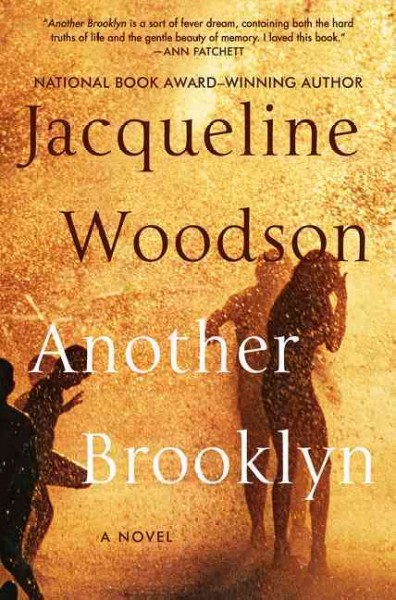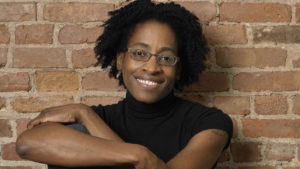by Abbie Walker
The Christmas season has officially begun!

It’s time to start picking out those perfect bookish gifts for the special people in your life, and Lemuria is here to help!

To kick off the recommendations, I’ve got a fantastic series that you can give to any picky teenager or adult with a love of the magical.
Leigh Bardugo is one of my favorite authors in the Young Adult genre, and her Grisha trilogy takes the cake as THE fantasy series that I just can’t get enough of.
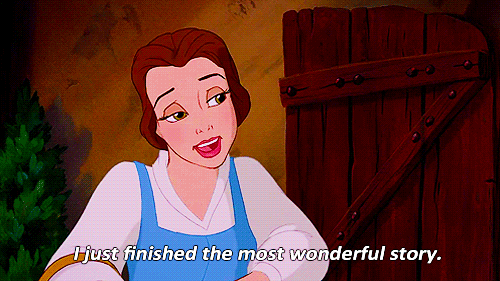
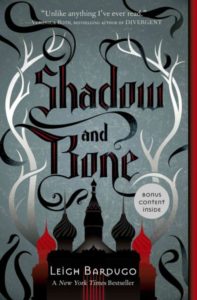 The first book in the Grisha trilogy is Shadow and Bone, which introduces you to Bardugo’s dark and beautifully-developed world. The country of Ravka, which is reminiscent of Imperial Russia, is split in two by an expanse of darkness called the Shadow Fold. Monsters threaten anyone trying to make it across to the other side. When Alina Starkov, a humble cartographer for the Ravkan army, travels across the Shadow Fold, her best friend is attacked and injured, forcing Alina to release a power she didn’t know she had. Alina is revealed to be a Grisha. Grisha can control certain elements, heal, or even stop a person’s heart, but Alina’s ability is rare, even in the Grisha world. She is taken to train with the rest of the Grisha under the mysterious Darkling. There she learns the secrets of this elite world and what part she plays in it.
The first book in the Grisha trilogy is Shadow and Bone, which introduces you to Bardugo’s dark and beautifully-developed world. The country of Ravka, which is reminiscent of Imperial Russia, is split in two by an expanse of darkness called the Shadow Fold. Monsters threaten anyone trying to make it across to the other side. When Alina Starkov, a humble cartographer for the Ravkan army, travels across the Shadow Fold, her best friend is attacked and injured, forcing Alina to release a power she didn’t know she had. Alina is revealed to be a Grisha. Grisha can control certain elements, heal, or even stop a person’s heart, but Alina’s ability is rare, even in the Grisha world. She is taken to train with the rest of the Grisha under the mysterious Darkling. There she learns the secrets of this elite world and what part she plays in it.
The Grisha trilogy—Shadow and Bone, Siege and Storm, and Ruin and Rising—tell an epic, compelling tale of love and adventure that will have you binging the whole series.
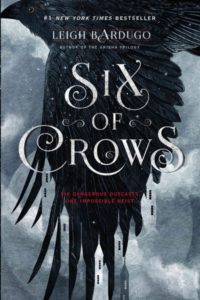 Bardugo’s other series, the Six of Crows duology, is also set in the Grisha world, but it centers around a new cast of characters in the trade city of Ketterdam. Six of Crowsfollows six outcasts as they try to pull off a massive heist. There’s Kaz—the ringleader who has a knack for picking locks; Inej—the silent spy known as the Wraith; Jesper—a sharpshooter with a gambling problem; Nina—a Grisha Heartrender trying to survive the slums; Matthias—a convict who wants revenge; and Wylan—a runaway with a privileged past. Each member has something to gain if they can pull off the heist, but they will have to keep from killing each other first.
Bardugo’s other series, the Six of Crows duology, is also set in the Grisha world, but it centers around a new cast of characters in the trade city of Ketterdam. Six of Crowsfollows six outcasts as they try to pull off a massive heist. There’s Kaz—the ringleader who has a knack for picking locks; Inej—the silent spy known as the Wraith; Jesper—a sharpshooter with a gambling problem; Nina—a Grisha Heartrender trying to survive the slums; Matthias—a convict who wants revenge; and Wylan—a runaway with a privileged past. Each member has something to gain if they can pull off the heist, but they will have to keep from killing each other first.
The duology (Six of Crows and Crooked Kingdom) is action-packed and takes turns telling the story from all six points of view. You won’t be able to put these books down!
You don’t have to read the Grisha trilogy before the Six of Crowsbooks, but it does help to already know about the world before you dive in. Plus, there are some fun Easter eggs for those who have read the original books.
I have to say that Bardugo is amazing at world building. She creates a very intricate culture for each country you travel to in the series, including customs, languages, food, etc. I enjoyed reading about the Russian-like Ravka, but I especially loved getting to explore the other countries in the Six of Crows duology. Bardugo’s use of all the senses and even how she adds in slang for certain cultures makes you feel like these places really do exist.
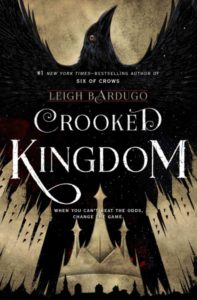 But what I love about Bardugo’s books the most are her diverse cast of characters. She creates complex, flawed characters that draw you in. From the mysterious and swoon-worthy Darkling to the criminals in Six of Crows, you can’t help but fall in love with each of them.
But what I love about Bardugo’s books the most are her diverse cast of characters. She creates complex, flawed characters that draw you in. From the mysterious and swoon-worthy Darkling to the criminals in Six of Crows, you can’t help but fall in love with each of them.
I recommend Leigh Bardugo’s books for any young adult reader (young and old) that enjoys fantasy and adventure with some romance. I must also mention that the cover art for these books is GORGEOUS! The Six of Crows duology also has some beautiful black- and red-tinted pages. A great addition to any bookshelf!
BONUS: Here’s a picture of me getting to meet Leigh Bardugo in Austin, TX this October! ?
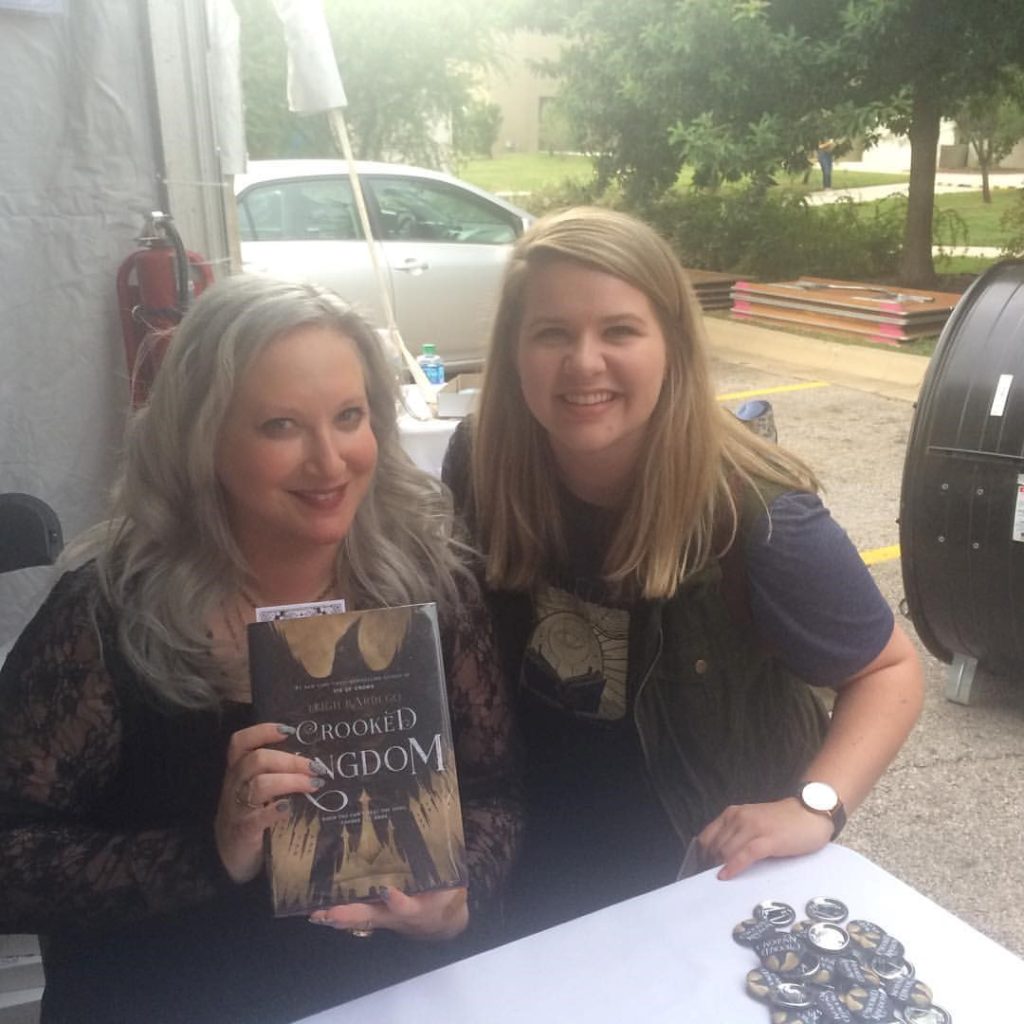
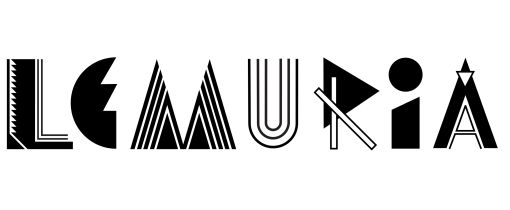
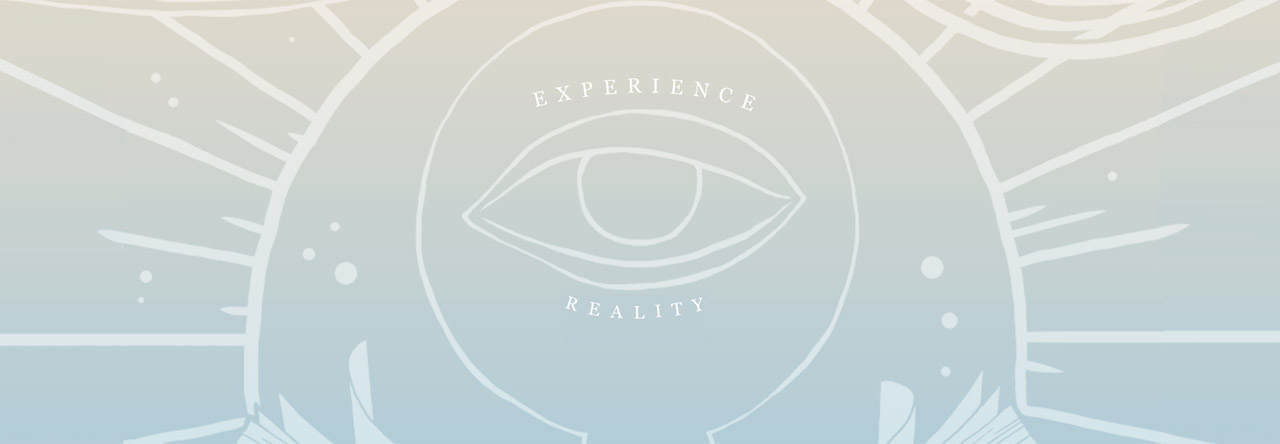
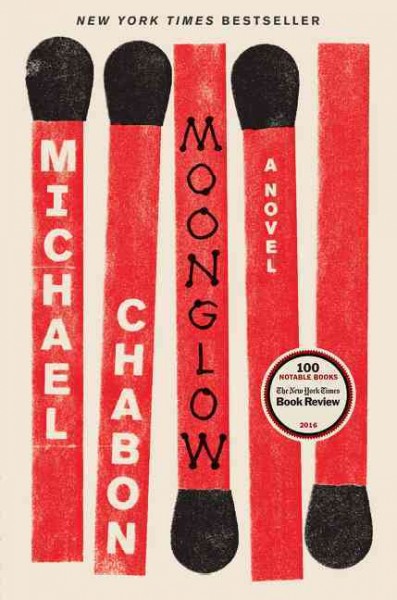 Michael Chabon has written a marvelous, lyrical, and haunting new novel,
Michael Chabon has written a marvelous, lyrical, and haunting new novel,  By that time, Chabon had published his first book, so his grandfather knows exactly the dangerous type of individual he was talking to. In the middle of the story, the grandfather comes to a memory that makes him question the value of this confessional enterprise. Chabon counters that at least it’s a good story, to which the grandfather replies: “Yeah?…You can have it. I’m giving it to you. After I’m gone, write it down. Explain everything. Make it mean something. Use of lot of those fancy metaphors of yours. Put the whole thing in proper chronological order, not like this mishmash I’m making you.”
By that time, Chabon had published his first book, so his grandfather knows exactly the dangerous type of individual he was talking to. In the middle of the story, the grandfather comes to a memory that makes him question the value of this confessional enterprise. Chabon counters that at least it’s a good story, to which the grandfather replies: “Yeah?…You can have it. I’m giving it to you. After I’m gone, write it down. Explain everything. Make it mean something. Use of lot of those fancy metaphors of yours. Put the whole thing in proper chronological order, not like this mishmash I’m making you.”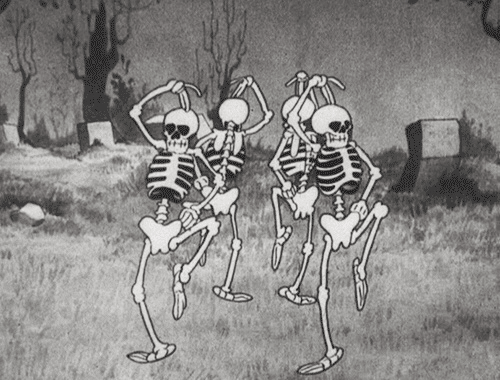
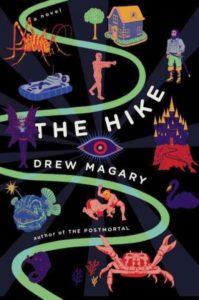 The first book I’d like to talk about is
The first book I’d like to talk about is 
 The second book I’d like to recommend is
The second book I’d like to recommend is 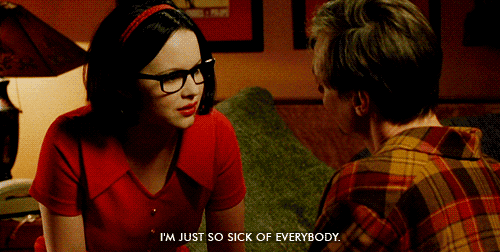 Set against the
Set against the 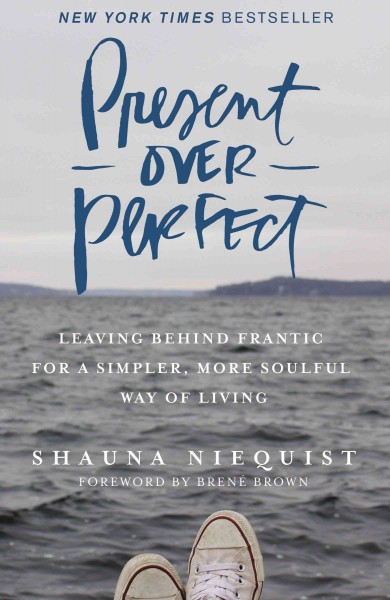 Well, Shauna Niequist knows how you feel. Her new Christian non-fiction book,
Well, Shauna Niequist knows how you feel. Her new Christian non-fiction book, 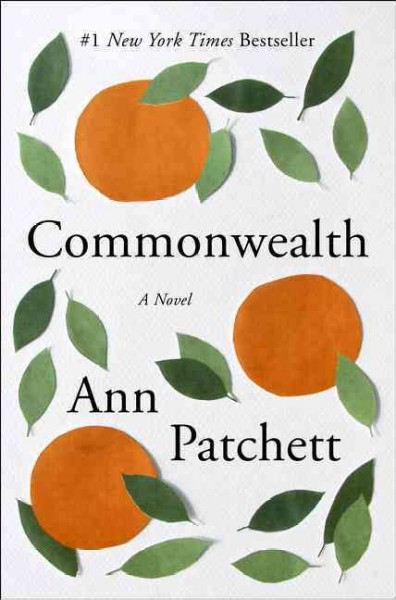
 h of the country in order to spend the summer with their father in Virginia. The Keating and Cousins children are a formidable group who will leave their sleeping, hungover parents asleep in a motel while they, the children, claim the gun from the car, a bottle of liquor, and the Benadryl that one of them is required to keep on them at all times. More will be revealed about that situation if you read the book.
h of the country in order to spend the summer with their father in Virginia. The Keating and Cousins children are a formidable group who will leave their sleeping, hungover parents asleep in a motel while they, the children, claim the gun from the car, a bottle of liquor, and the Benadryl that one of them is required to keep on them at all times. More will be revealed about that situation if you read the book.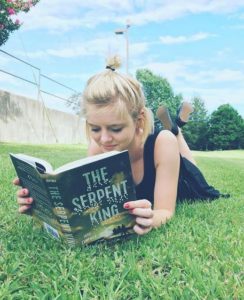
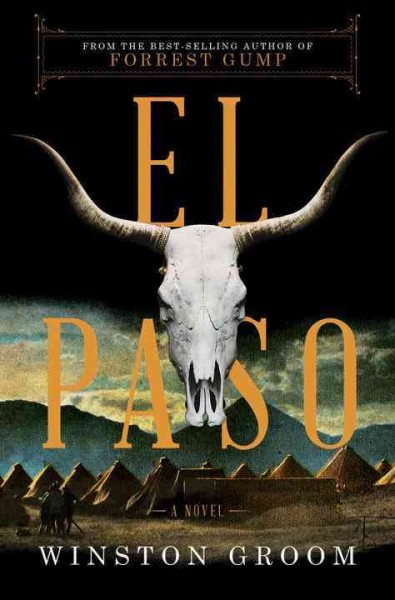 On the back of the beautifully-bound
On the back of the beautifully-bound 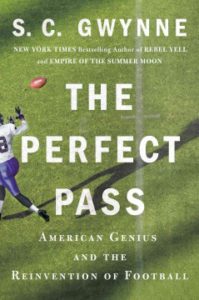 In
In  Hal Mumme at one point was head coach at Kentucky and once upset the mighty Alabama Crimson Tide. Now, he coaches at my beloved alma mater, Belhaven University, a Christian liberal arts college here in Jackson with an arts emphasis and little in the way of a football heritage—yet. The influence of the Air Raid is felt with the increase of passing in the NFL down to the ubiquity of 7-on-7 camps for high school recruits.
Hal Mumme at one point was head coach at Kentucky and once upset the mighty Alabama Crimson Tide. Now, he coaches at my beloved alma mater, Belhaven University, a Christian liberal arts college here in Jackson with an arts emphasis and little in the way of a football heritage—yet. The influence of the Air Raid is felt with the increase of passing in the NFL down to the ubiquity of 7-on-7 camps for high school recruits.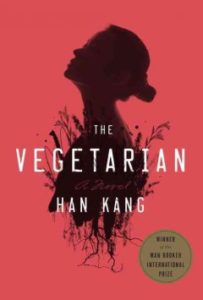 A story told through three different viewpoints,
A story told through three different viewpoints, 